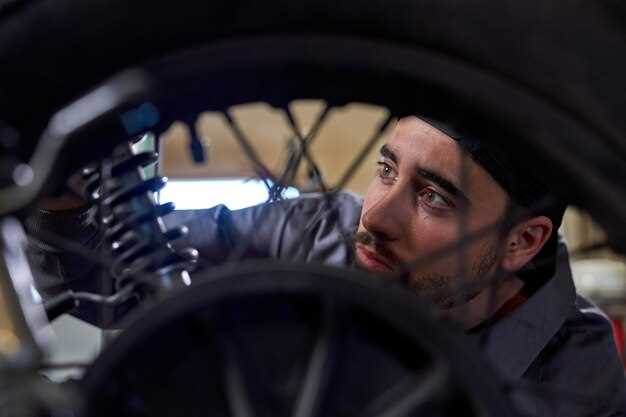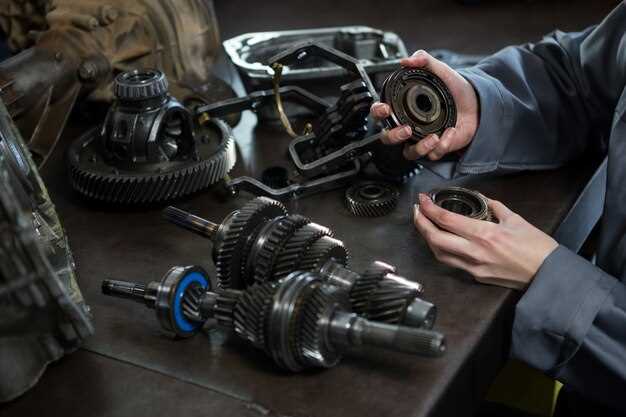
In the quest for faster lap times, the importance of suspension tuning cannot be overstated. A well-tuned suspension system not only enhances the handling capabilities of your vehicle but also provides the driver with a greater sense of control and confidence on the track. Whether you are a seasoned racer or a weekend enthusiast, understanding how to optimize your suspension can lead to significant improvements in performance.
Upgrading your suspension components is one of the most effective methods to enhance grip and stability. From coilovers to anti-roll bars, each component plays a crucial role in the overall dynamics of your vehicle. Properly tuned suspension allows for better weight transfer during acceleration, braking, and cornering, ensuring that your tires maintain maximum contact with the road, which directly translates to quicker lap times.
Moreover, the calibration of your suspension settings, such as damping rates and spring rates, can dramatically influence how your car behaves under different conditions. A customized setup tailored to your driving style and the specific track conditions can yield tangible benefits, making it essential to invest time in suspension tuning. By understanding these principles and implementing the right upgrades, you can unlock the full potential of your vehicle and shave precious seconds off your lap times.
Choosing the Right Suspension Components for Optimal Handling
When aiming to improve lap times, selecting the right suspension components is crucial for enhancing vehicle handling and overall performance. The suspension system serves as the bridge between the car and the track, affecting how tires maintain contact with the surface during various driving conditions. Understanding the specific demands of your driving style and track characteristics is essential for effective tuning.
The first step in choosing suspension components is to determine the type of driving you will predominantly engage in. For instance, if your focus is on track days, stiffer springs and adjustable dampers can provide the necessary support during high-speed cornering. Coilovers are often a preferred choice, as they allow for height adjustment and fine-tuning of both compression and rebound settings. This adjustability enables you to tailor the suspension to suit the specific track layout, improving cornering stability and reducing body roll.
Next, consider sway bars, which play a vital role in reducing body lean while cornering. Upgrading to larger or adjustable sway bars can significantly enhance the balance of your vehicle, allowing for increased grip and confidence in turns. It’s essential to match the stiffness of the sway bars with your spring rates and damper settings to achieve an optimal suspension setup that avoids excessive oversteer or understeer.
Another important aspect involves bushing material. Upgrading to stiffer polyurethane or solid bushings can improve responsiveness and feedback from the suspension. However, these options may increase road noise and vibrations, which is a trade-off to consider depending on your comfort preferences and performance objectives.
Lastly, don’t overlook the impact of dampers. High-performance shock absorbers featuring adjustable settings can help control ride quality and handling precision. Investing in quality dampers allows for greater customization, enabling you to find the perfect balance between comfort and rigidity based on individual lap requirements.
In conclusion, selecting the right suspension components is key to optimizing handling performance for better lap times. By carefully assessing your driving conditions, vehicle dynamics, and personal preferences, you can effectively tune your suspension system to achieve enhanced grip, stability, and overall driving enjoyment on the track.
Fine-Tuning Suspension Settings to Maximize Cornering Speed

To achieve optimal cornering speed, fine-tuning your suspension settings is crucial. Every aspect of your suspension system, from spring rates to damping characteristics, plays a significant role in how your vehicle behaves during cornering. By making precise adjustments, drivers can reduce lap times and enhance overall performance.
Begin with spring rates, as they determine how your car reacts to weight transfer during turns. Softer springs can improve grip on uneven surfaces, while stiffer springs increase stability at high speeds. Finding the right balance between comfort and performance is essential for maximizing cornering efficiency.
Next, focus on damping settings. Adjusting rebound and compression damping can significantly affect how your tires maintain contact with the road. Tuning compression damping helps control how quickly the suspension absorbs bumps, while rebound damping influences the rate at which the suspension returns to its neutral position. Properly tuned damping settings can greatly enhance traction and minimize body roll.
Another critical factor is ride height. Lowering your car’s center of gravity can improve stability and cornering speed. However, it’s vital to ensure that the ride height aligns with your suspension’s geometry to prevent unwanted handling characteristics.
Furthermore, anti-roll bars are effective for fine-tuning cornering behavior. Stiffer bars reduce body roll, resulting in better responsiveness during sharp turns. Conversely, softer bars can enhance grip by allowing more suspension movement. Experimentation is key; adjustments must be made based on track conditions and driving style.
Finally, don’t overlook tire pressure. Properly tuned tire pressure is fundamental to achieving optimal contact patch and grip during cornering. Slight adjustments can influence handling and should be tailored to specific track conditions and temperatures.
In conclusion, meticulous tuning of your suspension can lead to significant improvements in cornering speed. By paying attention to spring rates, damping, ride height, anti-roll bars, and tire pressure, drivers can maximize their potential on the track and achieve faster lap times.
Evaluating Real-World Impact of Suspension Upgrades on Track Performance

Upgrading the suspension system of a vehicle can significantly influence its track performance, often leading to improved lap times. When evaluating the real-world impact of these upgrades, it is essential to consider various aspects such as handling, traction, and overall stability during high-speed maneuvers.
To begin with, suspension tuning enhances the vehicle’s ability to maintain contact with the track surface. This is crucial during cornering, where weight transfer can affect tire grip. By adjusting characteristics such as stiffness and damping, drivers can achieve better tire performance under different conditions, allowing for faster corner speeds and improved lap times.
Moreover, upgraded suspension components, such as coilovers or anti-roll bars, contribute to reduced body roll and improved responsiveness. These enhancements enable drivers to make quicker steering inputs, translating to more precise control on the track. The confidence gained from a well-tuned suspension allows for aggressive driving styles, further optimizing lap performance.
The impact of suspension upgrades is also felt in overall stability. A well-calibrated suspension system can absorb bumps and imperfections on the track, maintaining the car’s trajectory and minimizing unwanted disturbances. This stability not only improves driver comfort but also enhances consistency, a critical factor in achieving competitive lap times.
Finally, evaluating the effectiveness of suspension upgrades must be done through empirical testing. Drivers should conduct timed laps before and after modifications, providing quantifiable data to assess the long-term benefits of tuning. This analysis will highlight any gains in lap time and further guide future enhancements to vehicle performance.













